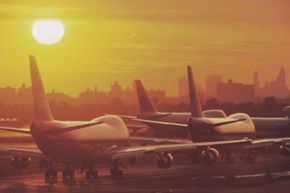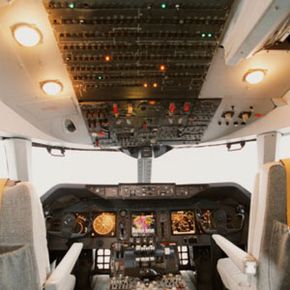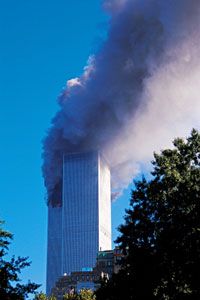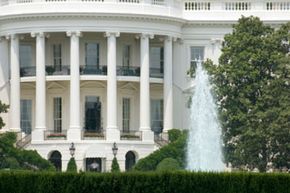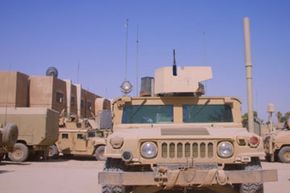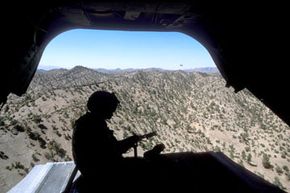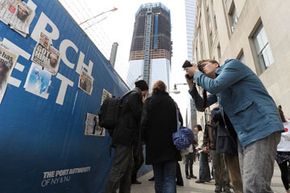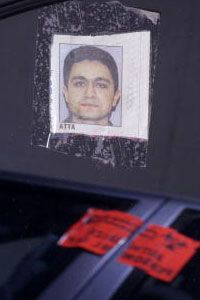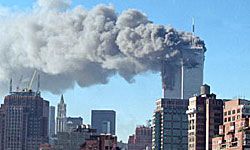The terrorist attacks of Sept. 11, 2001, were a crossroads for people all across the globe. After that fateful day came and went, political and military policies shifted seismically, affecting, and continuing to affect, people at every level of society. These changes happened not only in the United States but in countries throughout the world. Many of the strongest memories of September 11 are held in the hearts and minds of those directly confronted with the aftermath of the attacks in New York City, the Pentagon and Pennsylvania. Thousands lost family, friends and loved ones in the attacks, which killed around 3,000 people, mostly in downtown Manhattan. The suddenness with which their lives changed made the tragedy that much more unforgettable.
But the four suicide attacks weren't random violence born of impulse or spontaneity. They were the result of years of planning and preparation, all targeting weak links in American security systems. In this timeline, you'll see how the attacks were conceived and executed -- and how on an ordinary day in September, the book of human history turned to a new chapter of conflict.
Advertisement


